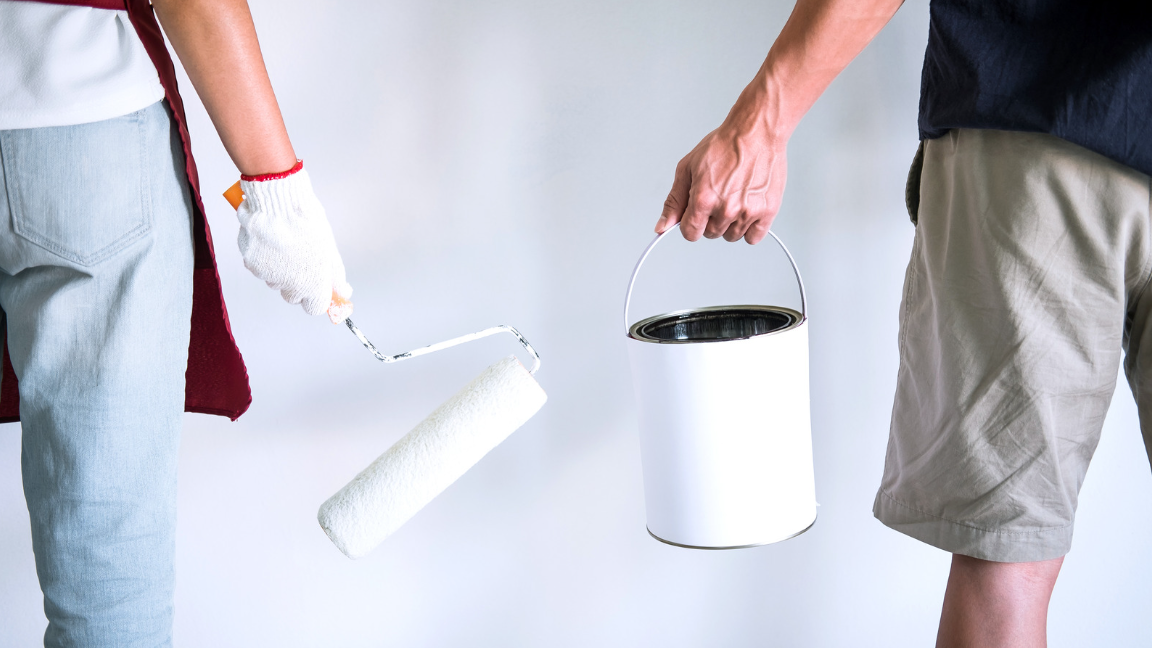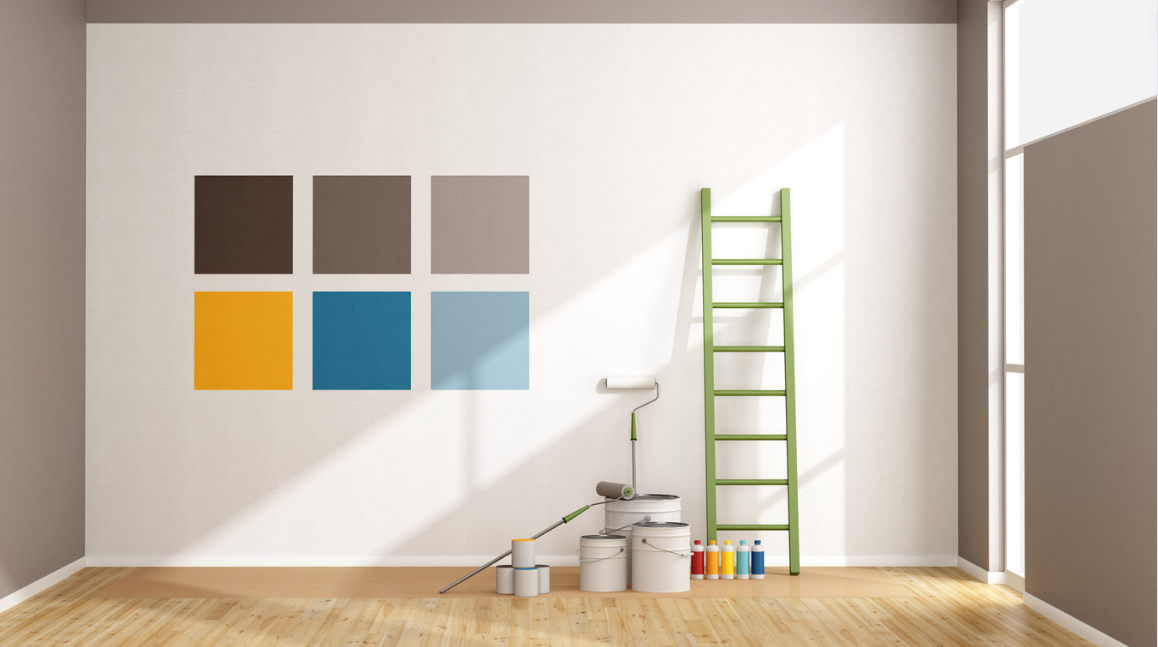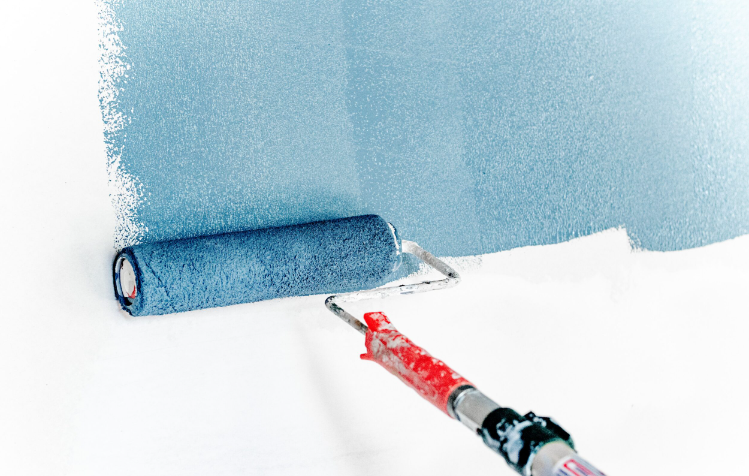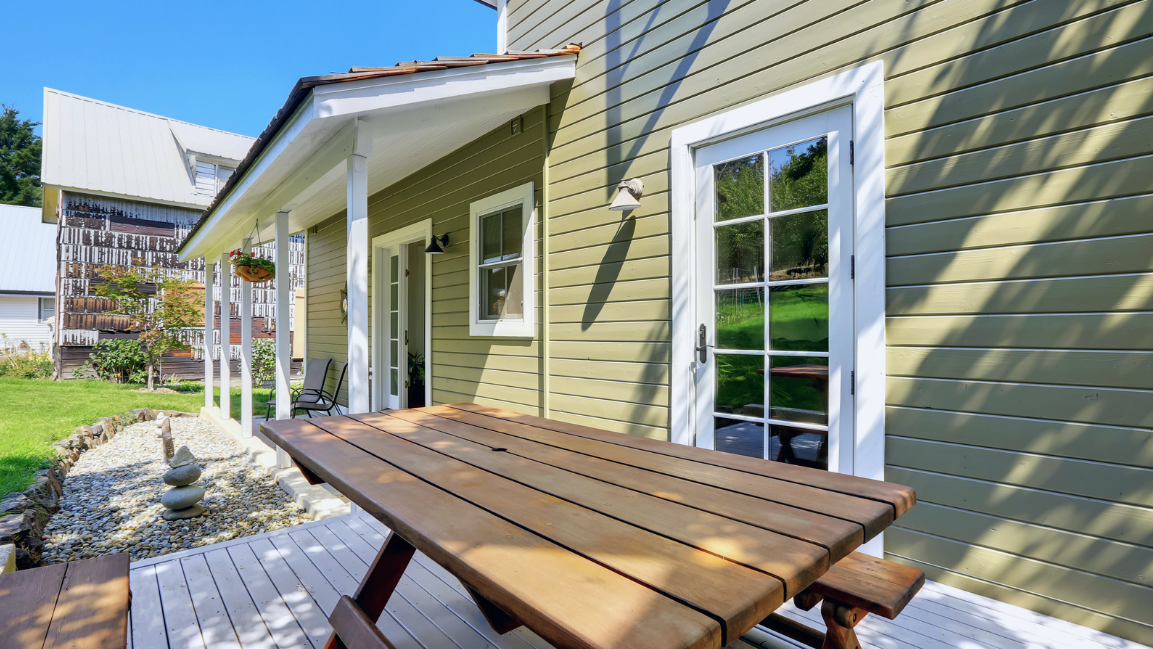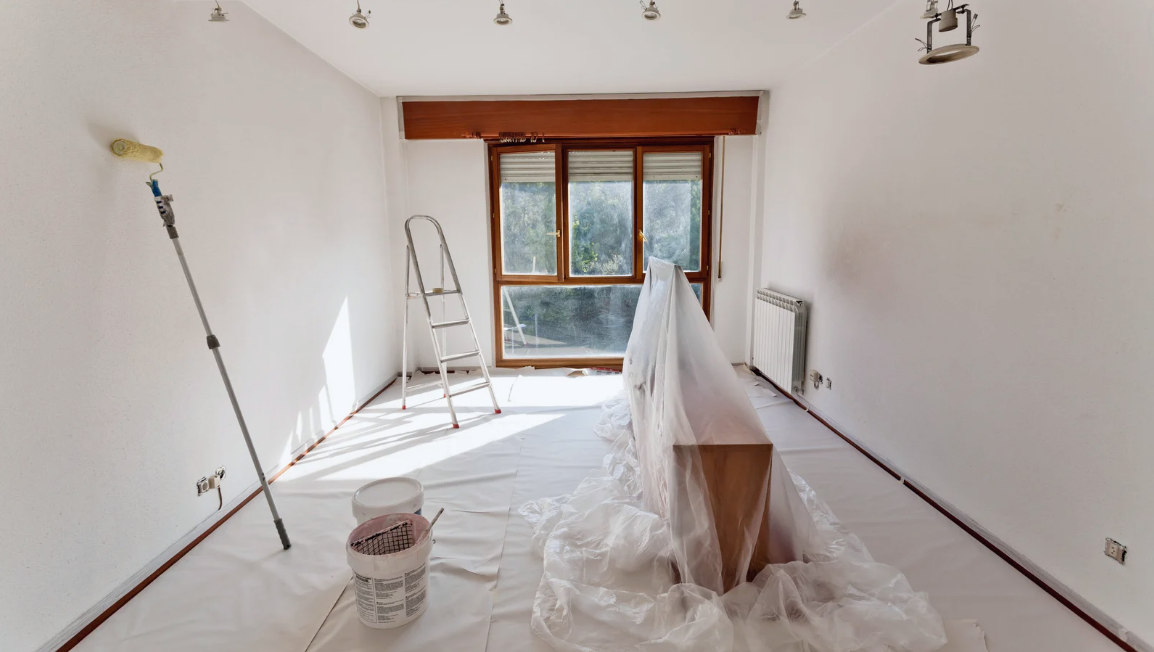Dallas homeowners can greatly enhance their living spaces and property value with a fresh coat of paint. To achieve professional results, you need more than just paint; strategic planning and execution are key. In this guide, you’ll find the top 10 painting tips tailored specifically for your home. From surface preparation to choosing the right tools, these expert recommendations will help you navigate your painting project and ensure a flawless finish that transforms your space beautifully.
Plan Your Project
Before you look into painting your home, it’s important to plan your project thoroughly. A well-thought-out plan not only streamlines the painting process but also sets the stage for a successful outcome. By defining the scope of your work and determining your budget early on, you can make informed decisions that align with your vision and resources.
Define Scope and Budget
You’ll want to start by assessing which rooms you wish to paint and how extensive the project will be. Consider your overall budget for materials and labor to ensure that your painting project remains manageable and financially feasible.
Outline Color Schemes
There’s a multitude of colors to choose from, so defining your color schemes early in the planning process is crucial. Take the time to envision the atmosphere you want to create in each room and consider how colors complement each other throughout your home.
A cohesive color scheme enhances your home’s aesthetic while reflecting your personal style. Utilize color swatches and online tools to visualize combinations and ensure they work harmoniously with your existing decor. Don’t forget to consider factors like natural light and the size of each room, as these can significantly affect how colors appear in your space.
Choose the Right Paint
While initiating on a painting project, selecting the right paint is crucial for achieving the desired look and durability. The right paint can elevate your home’s aesthetics and withstand the wear and tear of daily life. It’s crucial to consider factors like paint type, finish, and quality to ensure your project is a success.
Select high-quality paint
For the best results, choose high-quality paint that is specifically designed for residential applications. Investing in reputable brands means you’ll benefit from improved coverage, longevity, and resistance to fading, making your effort worthwhile.
Consider room function
Assuming your paint choice aligns with the function of each room, you can enhance both the visual appeal and the practicality of your space. Different areas of your home, such as kitchens and bathrooms, may require specific types of paint due to their unique conditions.
Room function significantly impacts the type of paint you should select. For instance, high-moisture areas like bathrooms benefit from mildew-resistant paint, while kitchens require durable, washable finishes to withstand splatters and stains. Living spaces may allow for a broader range of aesthetics, but it’s crucial to choose a finish that complements your lifestyle, such as washable finishes for active families or matte options for a more sophisticated look. By considering the specific needs of each room, you can ensure that your paint not only looks great but also lasts over time.
Prep the Surfaces
One of the most crucial steps in achieving a professional-looking paint job is properly prepping your surfaces. This process not only ensures the paint adheres correctly but also significantly enhances the overall finish of your project.
Clean and repair walls
Clean the walls thoroughly to remove any dust, grime, or grease that could interfere with paint adhesion. Use a mild detergent and water, scrubbing gently with a sponge or cloth. Allow the surface to dry completely before moving on to the next steps.
Fill holes and sand
Little imperfections in your walls can easily detract from the final result. To ensure a smooth surface, fill any holes or cracks with spackle or a similar filler. Once dried, sand the area evenly with fine-grit sandpaper to create a seamless finish.
For instance, paying attention to these small details can make a remarkable difference. After filling holes, it’s imperative to sand the surrounding area to blend the repair with the wall’s surface. An even texture not only helps in achieving better paint coverage but also eliminates the risk of showing imperfections once the paint is applied. By taking the time to prepare your surfaces, you set the stage for a flawless and professional-looking paint job.
Use Primer
Despite its often-overlooked importance, using primer is a critical step in achieving a lasting and professional paint job. Priming your walls before applying color can significantly enhance the overall appearance and longevity of your paint application.
Apply before painting
The key to a flawless finish is applying primer before painting. This step prepares the surface, ensuring that the paint adheres evenly and effectively. Primer acts as a foundation layer, particularly on new drywall or noticeably darker surfaces.
Ensures better adhesion
You may wonder why primer is imperative for adhesion. Without primer, your paint may not stick properly, leading to peeling or flaking over time.
Plus, primer creates a binding layer that improves the adhesion of your final coat. It fills in small imperfections and evens out the surface texture, allowing the paint to cling better. By taking this step, you ensure that your investment in high-quality paint yields the best possible results, showcasing the beauty of your home for years to come.
Invest in Quality Tools
All successful painting projects begin with quality tools. Investing in high-quality brushes and rollers will help you achieve a professional look while making your job easier and more efficient. While it may be tempting to save money by opting for cheaper tools, doing so can lead to an unsatisfactory finish and more frustration during the process. By choosing the right supplies, you are setting the foundation for a flawless paint job that will last for years to come.
Use Good Brushes
With a variety of brushes available, it’s crucial to select the ones best suited for your painting project. High-quality brushes not only apply paint more evenly but also allow for better control and precision. This ultimately leads to a smoother finish, reducing the need for touch-ups and making your effort worthwhile.
Choose Suitable Rollers
Clearly, the choice of roller is just as important as that of a brush. The right roller can significantly impact the texture and overall appearance of your painted surfaces. Rollers with higher nap are ideal for textured walls, providing better coverage, while those with a shorter nap are perfect for flat and smooth surfaces. Selecting rollers that match the specific type of paint you’re using also ensures optimal paint application and minimizes the risk of streaks or unevenness.
Rollers come in various sizes, which can affect how quickly you complete your project. For larger areas, opt for broader rollers to cover more ground efficiently, while smaller ones are perfect for tighter spaces and detailed work. By investing in the correct rollers tailored to your painting needs, you enhance not only the application process but also the visual impact of your finished project.
Test Paint Colors
For any painting project, testing paint colors is crucial to ensure you achieve the desired look in your home. By taking the time to assess your color choices, you can avoid costly mistakes and create a space that reflects your style and personality.
Sample on Walls
There’s no better way to choose the right paint color than by sampling it directly on your walls. Apply small patches of your selected shades to see how they interact with your existing decor and architectural features.
Observe in Various Light
One key aspect of testing paint colors is to observe them at different times of the day. Natural light can dramatically change the appearance of a color, so it’s vital that you check how your paint samples look during the morning, midday, and evening.
Paint colors can shift in hue based on the lighting conditions. Bright sunlight can enhance warm tones, while artificial light may mute colors or exaggerate cool shades. By assessing your samples in the full range of light throughout the day, you ensure that your chosen colors will resonate beautifully in every situation, making your home feel cohesive and vibrant.
Protect Your Space
Your painting project can quickly turn messy without adequate protection for your home. It’s imperative to safeguard your floors, furniture, and trim to maintain a clean work environment and achieve a professional finish. By taking the time to protect your space, you can focus on painting without worrying about unwanted spills or damage.
Use Drop Cloths
Little details can make a big difference, and drop cloths are a crucial element in protecting your floors. Use canvas or plastic drop cloths to cover any surfaces that may be splattered with paint, ensuring easy cleanup and safeguarding against stains.
Tape Edges and Trim
While it may seem tedious, taping edges and trim is vital for achieving clean lines and preventing paint from getting onto surfaces you’d like to keep unpainted. Use painter’s tape to carefully mask off areas around windows, doors, baseboards, and any other fixtures to create sharp, professional-looking edges that enhance your overall finish.
Protect the areas surrounding your painting project by ensuring that the tape is applied evenly and firmly. This helps prevent paint bleeds, reduces the need for touch-ups, and ultimately saves you time and effort. When you’re ready to remove the tape, do so slowly at a 45-degree angle to achieve the best results. This careful attention to detail will elevate your painting project and make it look polished.
Apply Thin Coats
Not only does applying thin coats of paint improve the appearance of your finish, but it also enhances the durability of your work. Thinner layers allow for better adhesion and minimize the risk of drips or uneven texture, ensuring that your paint job looks professional.
Even Application
There’s nothing more frustrating than an uneven paint job. When you apply thin coats, you can ensure a smooth, consistent finish that highlights the best features of your walls. This technique helps avoid roller marks or brush strokes, resulting in an aesthetically pleasing outcome.
Allow Drying Time
There’s a common tendency to rush through the painting process; however, giving each coat adequate drying time is crucial for achieving a flawless finish. Rushing can lead to tacky surfaces and uneven application, which ultimately compromises your hard work.
Thin layers of paint dry faster than thick coats, making it crucial to wait for each section to dry completely before adding another layer. This not only improves the final appearance but also ensures proper adhesion, reducing the likelihood of peeling or chipping in the future. By being patient and allowing your paint to dry between coats, you can achieve stunning results that will last for years to come.
Work in Sections
Keep the painting process organized by working in sections. This method not only helps you focus on achieving even coverage but also minimizes the chances of messy drips and streaks. By concentrating on one section at a time, you can better manage your workflow and ensure high-quality results.
Paint One Wall at a Time
Now, it’s important to paint one wall at a time to maintain control over your application and avoid potential mishaps. This approach allows you to keep your strokes consistent and make adjustments as needed without overwhelming yourself.
Start from Top Down
While painting, starting from the top down is crucial for preventing drips and ensuring a polished finish. You can begin with the ceiling or the upper sections of the wall, gradually working your way down to the baseboards. This method allows any excess paint that may run down to be covered as you progress, creating a seamless look in your space.
Maintain Your Tools
Unlike many DIY projects, painting requires precision, and maintaining your tools is crucial for achieving the best results. Quality brushes and rollers can make a significant difference in your finish, but their effectiveness diminishes if they aren’t properly cared for. Taking the time to clean and store your tools correctly will ensure they remain in top condition for your next painting project.
Clean Brushes Post-Use
An vital aspect of tool maintenance is cleaning your brushes immediately after use. Paint residue can dry and harden, ruining your brushes and making them difficult to clean later. Rinse them thoroughly with water (for water-based paints) or the appropriate solvent (for oil-based paints) to keep the bristles in good shape.
Store Properly for Next Time
Any painter knows that proper storage of your painting tools can save you time and money in the long run. After cleaning, make sure to reshape the bristles of your brushes and store them upright in a container or lay them flat. Rollers should be wrapped in plastic or placed in sealed bags to prevent them from drying out. By taking these simple steps, you ensure that your tools remain ready for your next project, providing you with the same professional finish every time.
It’s worth noting that improperly stored tools can lead to a multitude of problems, such as bristles splaying out or foam rollers separating, which can significantly impact your painting results. Additionally, storing tools in a climate-controlled environment can help retain their integrity, preventing issues caused by extreme temperatures or humidity. By maintaining and storing your tools correctly, you set yourself up for efficient and successful future projects.
Final Words
On the whole, by implementing these top 10 residential painting tips, you can elevate the aesthetic and value of your home while achieving a professional-quality finish. From careful planning and surface preparation to selecting the right materials and tools, each step plays a crucial role in your project’s success. Remember to prioritize quality and take your time during the painting process to ensure exceptional results. Trust Gilbert Painting & Construction to guide you through this rewarding journey, delivering the beautiful transformation you envision for your Dallas home.

